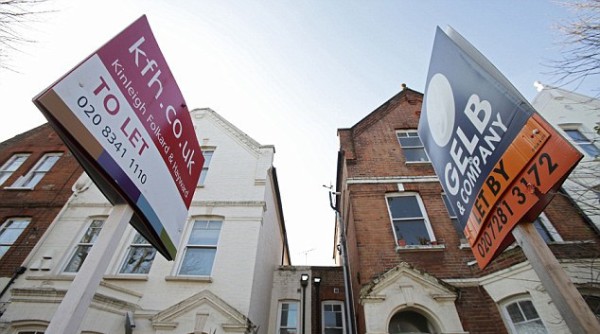5 Things You Should Know About Buy-To-Let Mortgages

A buy-to-let mortgage is becoming an increasingly popular option for those looking to invest real estate properties. As the name suggests, it allows you to acquire a mortgage for a home that you intend to let out to renters. This is a good idea in that it allows you to draw mortgage payments directly from your renters rather than from you own bank account. But, a buy-to-let mortgage isn’t always a sure thing. There are a few things you should know about these mortgages before you try to obtain one.
Buy-to-let mortgages are generally a bit more expensive than standard mortgages, but not by much. Buy-to-let mortgage rates are about 1 to 1.5% higher than rates for standard mortgages. These higher rates are due, in large part, to the higher risk factors associated with the loan. People who apply for buy-to-let mortgages intend to be landlords and those landlords often rely on renters to pay back the monthly mortgage fee. If the property remains vacant or the renter fails to pay on time, then both the landlord and the lender could be in danger.
The amount you can borrow from a lender for buy-to-let mortgages is often linked to how much you can expect to receive in rental income. Lenders typically want the monthly rental income to be about 25 to 30% higher than the monthly mortgage payment. Be sure to place an accurate rental value on the property in question so that you can get the most from your buy-to-let mortgage.
Many people look into buy-to-let mortgages expecting to pay back the entire loan amount. In reality, you often make payments only on the interest of the loan. You pay back the capital debt of the loan when you sell the home later on. The real benefit of a buy-to-let mortgage is the added rental income you receive each month because rental payments from tenants are typically higher than interest payments that you’ll have to make.
Letting out a property is always a risky proposition. Tenants can turn out to be less than desirable or you could just be stuck with an empty home for quite some time. It’s always important to have a plan if and when these negative eventualities strike. Set aside money as a contingency plan if renters fail to pay or they move out unexpectedly. It’s also vital to prepare yourself if housing prices dip when you plan to sell the home. Do you have the resources to maintain the investment if you can’t get the right price for it? This is an important question to ask yourself before diving in headfirst.
Although the buy-to-let mortgage is an important aspect of acquiring the property, it’s also in your best interests to ensure that the property is desirable and the tenants are trustworthy people. A rundown property in a bad neighbourhood probably won’t fetch much in rental demand. Make sure you choose a home that you would want to live in. It’s also a good idea to engage in thorough assessments of any prospective tenants. Good tenants are the key to making a buy-to-let mortgage work, and you don’t want to let someone live in your house who isn’t trustworthy.
Buy-to-mortgages are clearly a good investment for many people. Still, it’s important to go in with a little bit of caution, forethought, and planning to ensure the best outcome.
By Harry Price
Harry Price is a a writer who lives on the south coast with his wife and 3 dogs. He loves painting, running marathons and cooking, though not always in that order.
